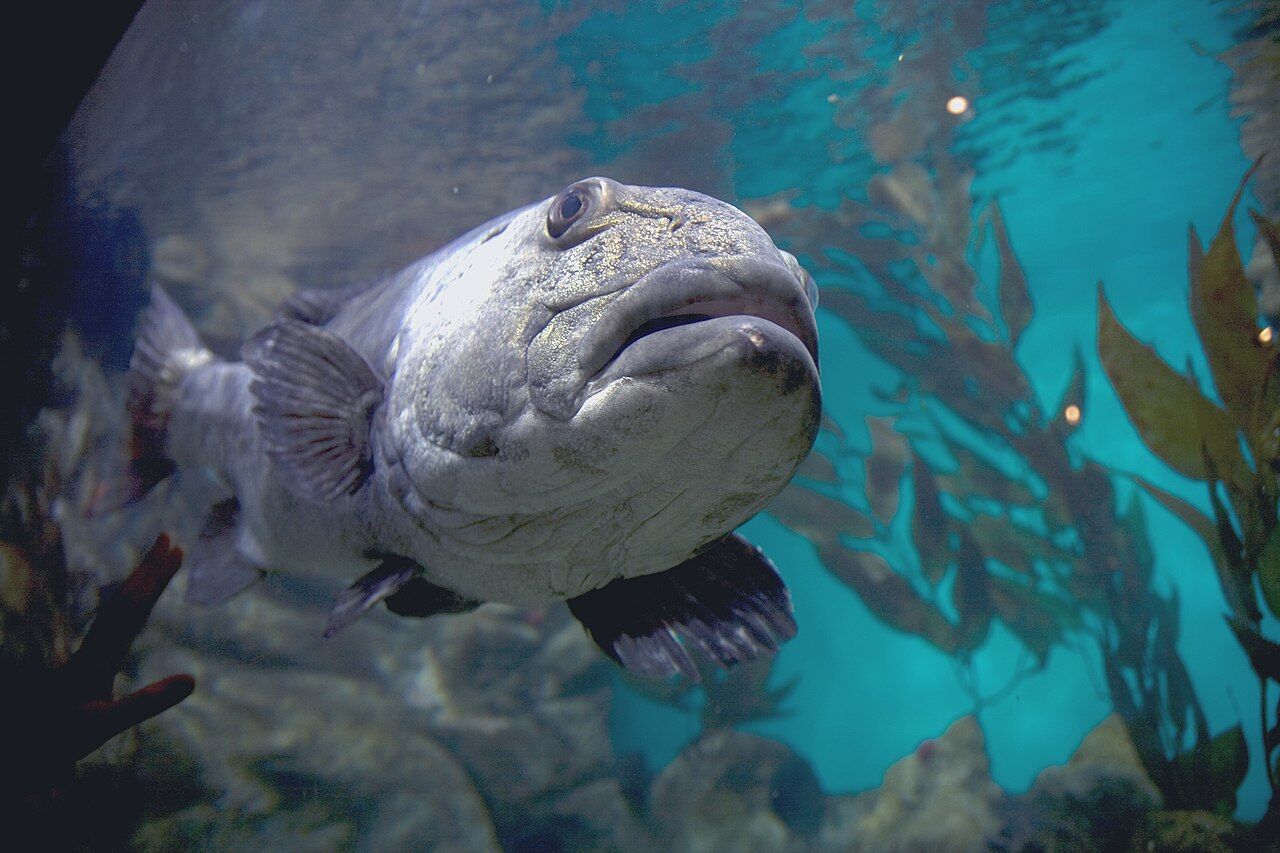Tilapia surprise: Sun-soaked eggs hatch, calls for fishy rethink

Eggs of the blackchin tilapia, left in the sun for two months, have surprisingly hatched, according to a local farmer in Samut Songkhram. The farmer urges the Department of Fisheries to reconsider the effectiveness of using seabass to control the invasive species.
The spread of the blackchin tilapia across 17 provinces in Thailand prompted the Department of Fisheries to deploy predator fish, including seabass, to control the population. A recent visit to a seabass farm in Praek Nam Daeng, Amphawa, Samut Songkhram revealed the limitations of this approach.
The farm, owned by 59 year old Wallop, spans nearly 200 rai and is now teeming with blackchin tilapia fry. When water was drained from a net, 18.5 kilogrammes of 1-inch tilapia fry were collected within two minutes.
Wallop, who has been farming shrimp for over 17 years, switched to seabass farming in 2011 when the tilapia infestation began. Initially, he stocked a 20-rai pond with 5,000 seabass but only around 1,000 survived, while the pond yielded 9 tonnes of blackchin tilapia. The smaller-sized seabass, 3 to 4 inches, couldn’t compete with the large tilapia mothers, which attacked and killed the seabass during their initial weakened state.
Further experiments with different pond sizes and conditions yielded similar results. In a 40-rai pond, he dried the pond bed and filtered the water before introducing 1,000 4-inch seabass. Despite initial success, the tilapia population surged again, producing 7 tonnes of tilapia fry.
A subsequent attempt with 7 to 8-inch seabass in a pond full of tilapia saw a temporary reduction in tilapia numbers but after five to six months the tilapia population rebounded, producing 5 tonnes of fish while the seabass barely managed to survive.
Seabass failure
Wallop concluded that seabass cannot effectively control the blackchin tilapia population, as they cannot consume larger fish or very small fry. The notion that seabass can eat tilapia eggs and fry is impractical since male tilapia protect their eggs and fry in their mouths, making it difficult for seabass to access them.
Furthermore, natural environments with dense vegetation and trees provide ample hiding spots for the tilapia, complicating the seabass’s hunting efforts. To be effective, seabass should be at least 6 to 7 inches long, but even then, complete eradication is impossible.
Wallop added that releasing seabass in stages is crucial to avoid larger seabass preying on smaller ones. In his experiments, smaller seabass were entirely consumed by larger ones when released together. Seabass only target weaker fish, leaving stronger tilapia unscathed.
Despite acknowledging the limitations of using seabass, Wallop believes it is a partial solution. However, he warns that over-reliance on seabass could lead to their overfishing by humans, who prefer seabass over tilapia.
The government’s initiative to buy blackchin tilapia at 15 baht per kilogramme has faced criticism. Wallop recalls a similar program years ago, where the purchase price was 20 baht per kilogramme but required registration and had limited hours, making it impractical for large-scale farmers. The restrictive conditions led to unused fish being left in ponds, allowing the tilapia population to rebound.
Wallop advocates for unrestricted buying policies, including from natural water sources, to effectively control the tilapia infestation. He has adapted by converting his ponds for seabass fishing, focusing on larger seabass but acknowledges the challenges and high costs involved, similar to shrimp farming. He urges the government to protect local seabass prices by controlling imports to support domestic farmers.
Tilapia infestation
Natthaphon, a 40 year old shrimp farmer in Yi San, Amphawa, echoed Wallop’s concerns. He transitioned from traditional aquaculture over 500 rai to managing tilapia infestations in 2011.
Despite efforts to filter water and dry ponds, the resilient tilapia fry continues to repopulate, forcing him to shift focus to seabass farming, though it remains less profitable than previous aquaculture ventures.
Natthaphon suspects that a nearby private company’s practices may have contributed to the tilapia infestation, as the fish were not present in local waterways during his childhood. He calls for corporate accountability and compensation for affected farmers, urging a collective effort to manage the tilapia problem sustainably.
Latest Thailand News
Follow The Thaiger on Google News:


























